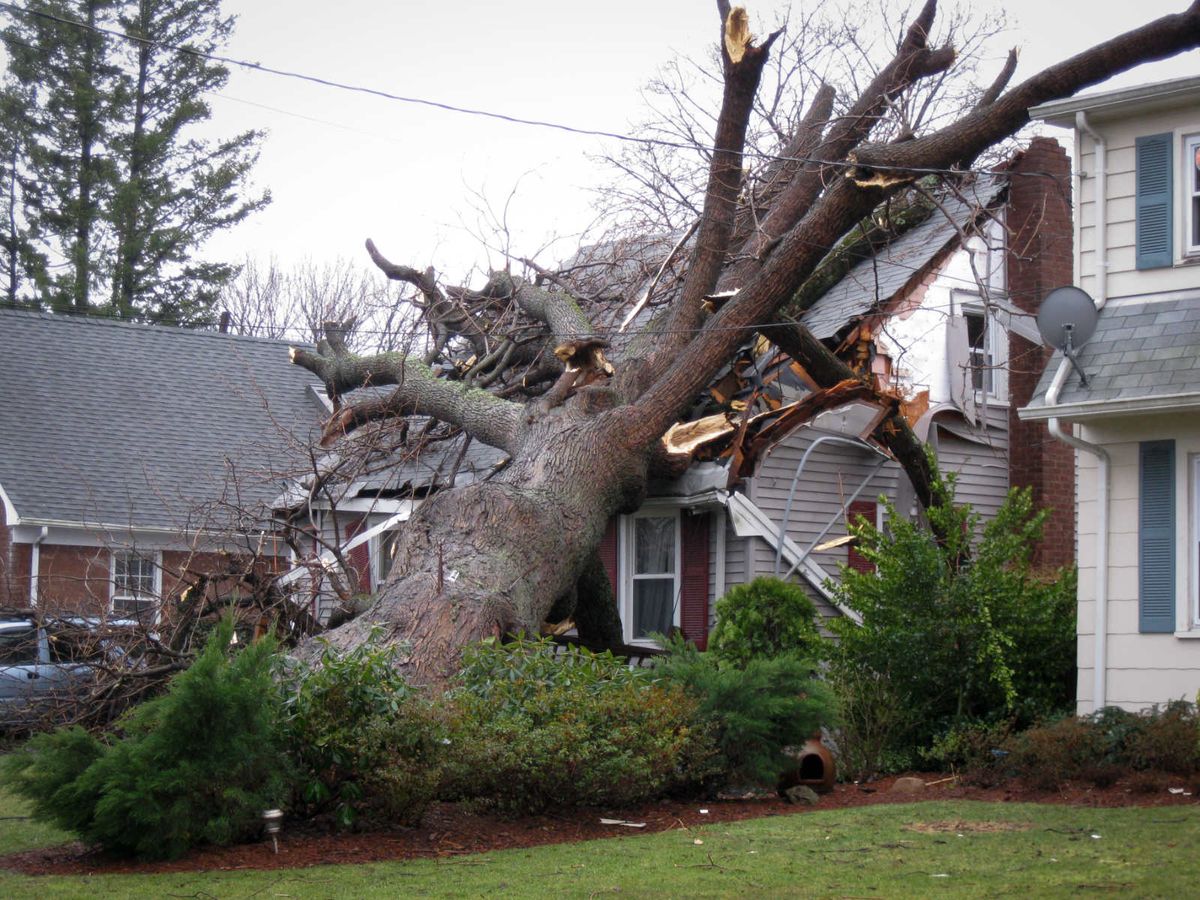Is Your Homeowners Policy Keeping Up With Inflation?

Inflation drives up the cost of everything – gas and food and also building supplies. And the robust job market drives up labor costs. Add all of that up and it may mean your homeowners policy is no longer up to the task.
A new survey of more than 1,000 U.S. homeowners finds a majority haven’t done anything to ensure that coverage is keeping pace with inflation, which could leave policyholders underinsured if catastrophe strikes.
Only 30% of insured homeowners have purchased more insurance or increased coverage limits to compensate for rising building costs, according to the survey conducted online by The Harris Poll. Additionally, among insured homeowners who completed renovations or remodels during the pandemic, less than half (40%) updated their home insurance to account for those changes.
“It is critical that homeowners make sure they have the right amount and right types of coverage during this period of significant inflation, but unfortunately our survey shows that many individuals may not be properly prepared,” said Karen Collins, assistant vice president of personal lines at the American Property Casualty Insurance Association (APCIA), in a news release.
“Our survey found that about two thirds of homeowners may be without key additional coverages, such as annual inflation adjustment, extended replacement cost, and building code/ordinance coverage, that can better protect them in these challenging market conditions.”
Climate change & inflation
In 2020 and 2021, U.S. insurers paid out $176 billion for natural catastrophe claims alone, the highest total for a two-year period for natural catastrophe claims.
Inflation, recent supply chain issues, and increased demand for skilled labor and construction materials following unprecedented natural disasters in the last two years have contributed recently to a significant increase in the costs to rebuild homes and businesses.
From December 2019 through December 2021, the price of construction materials rose by 44 percent. These trends are impacting post-disaster recovery efforts across the U.S. – leading to higher costs and longer reconstruction timeframes.
“It is important to conduct an annual review of your insurance policy with your insurer or agent to help ensure you have enough coverage to repair or rebuild your home should disaster strike, but only 30 percent of insured homeowners updated their insurance policy less than a year ago,” added Collins. “Homeowners should be aware that rebuilding costs are increasing, and they should take steps now to update their coverage and mitigate against potential damage.”
Rebuild or market value?
The survey also found significant knowledge gap over whether insurance covers the cost to rebuild or the market value of the home. Sixty-four percent of insured homeowners indicated they are not sure or believe their homeowners coverage limits are based on the real estate market value of their home rather than the rebuilding cost.
Most residential property insurance policies cover the cost of rebuilding a home, with recommended coverage limits typically based on estimated reconstruction costs for similar interior and exterior features, size, and finishes.
Only 20 percent of insured homeowners say they created or updated a home inventory in the event of a loss less than a year ago, and 25 percent say they have never completed a home inventory.
“As climate change is causing more severe and frequent natural catastrophes, this should be a wake-up call to homeowners to pick up the phone and call their insurer or agent to discuss their insurance policy and make sure they have the coverages they need,” said Collins. “Too often people overestimate their preparedness for natural disasters and other emergencies, and this can lead to gaps in preparedness and insurance coverage.”
